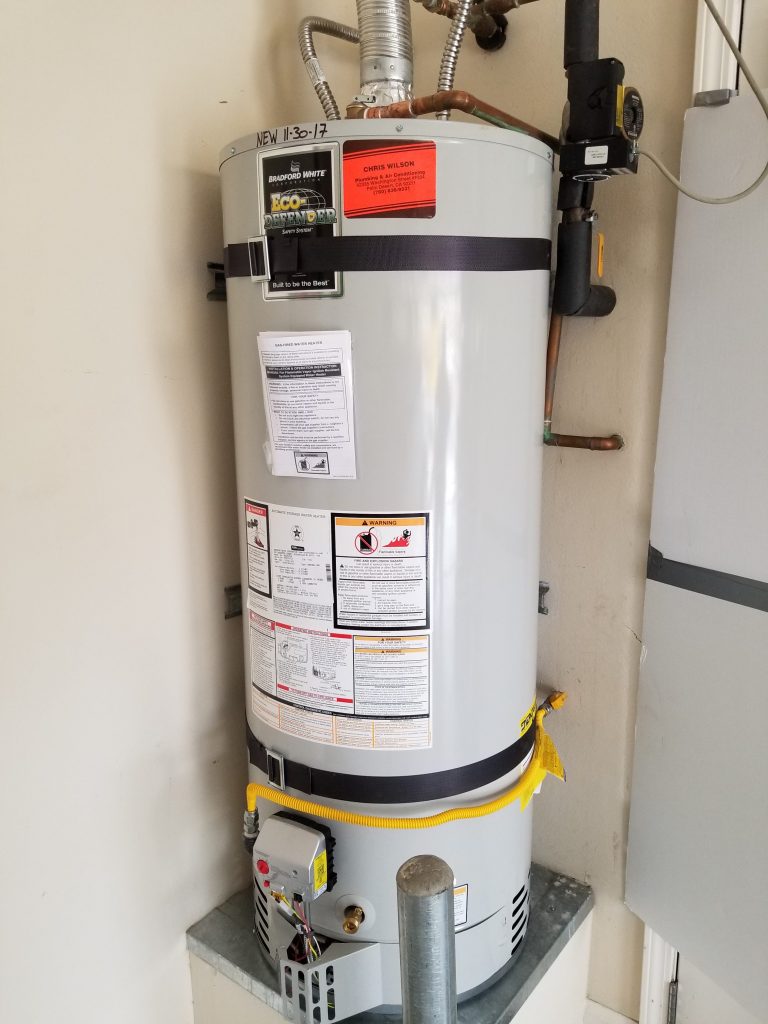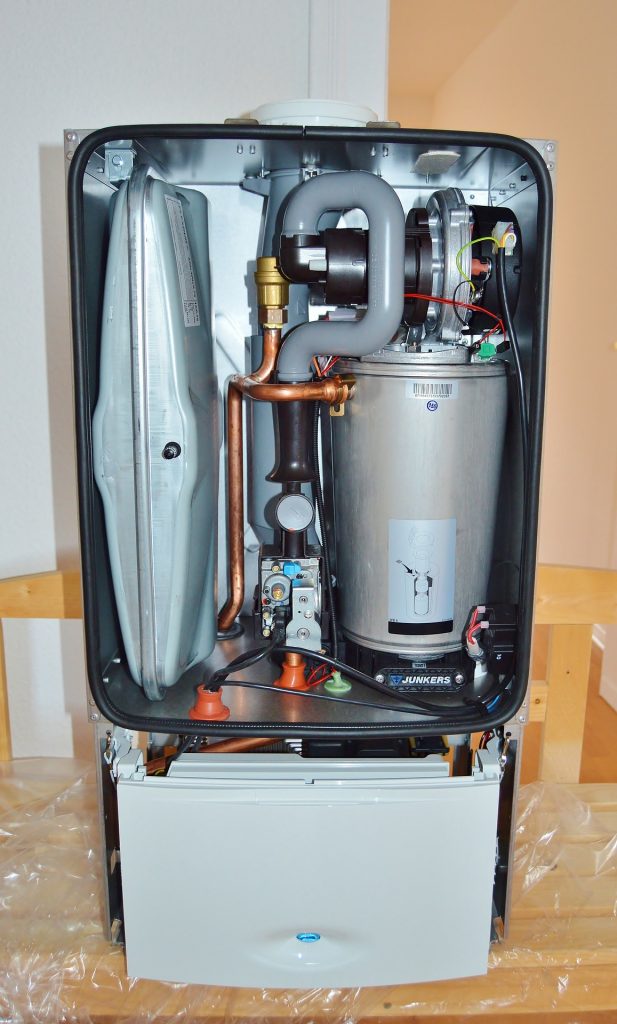
To safeguard your appliances, you need to keep the minerals inside the solution preventing damage from your water heater. This is where a water filter is necessary to help retain these materials. In essence, it functions to retain the minerals dissolved in the water. In this article, we’ll uncover how to use the water heater filter and how to maintain them.

What is a Water Heater Filter System?
Many people get confused when they hear the word filter. A hot water heater filter tries to fend against scaling using safeguarding the filter at top of hot water heater. Scaling in the heater can destroy many types of water heaters. Filters for hot water heaters are anti-scale items that are incredibly effective.
How Do They Work?
A water heater filter system is a mechanism that works to keep the hardness from the minerals inside of a solution. This is necessary, so it doesn’t leave the solution and move up on the heating components or on the bottom portion of the heater. By using a hot water tank filter, you can use its scale inhibitor to safeguard against the scales building up inside of the orifices.
What Are They Used For?
Hot water filters for water heaters are used to keep the longevity of your water heater. Without this, hard water will come up inside the heater forcing minerals to come out. This develops a rock in the water heater. Your water heater becomes ineffective until it no longer functions. A water heater filter will retain those minerals in the solution and keep your water heater effective.
What is the Installation Process?
You need to install a filtering system in your water heater by placing it on the waterline. This line feeds the heater to remove minerals or block the minerals before any scaling may happen. These filters are boxed in on the filter housing. If you use scale net filters, it can be installed on the cold water line to have the water heater fed.
What Can it Filter Out?
It can be tricky, but filtering systems do not filter anything out. Instead, it keeps the minerals in the solution. However, the filter does block dirt and debris from getting inside of the heater. This is why you should install a filtering system to block it from coming in. These filters also help with the ozone and cleaner air.
When Does it Need Replacement?
You should replace your water heater filtering system once a year. This is because the phosphate mineral will dissolve and eventually pass through the filter. The minerals will dissolve and no longer effectively protect scaling. This means you need to replace the filters at least once a year continually. But some products like a TAC product or scale net can last you three to five years. But this is dependent on how much hardness is in the water and the amount of water that gets through.
What is the Root Cause of Scale?
Water hardness is the root cause of scaling. Since a water heater is extremely hot, minerals such as magnesium and calcium inside of the hard water want to get out. These minerals will want to get out and latch onto the heating element’s electricity. This will settle on the bottom and block the path of a heater. Be careful because water heaters will stop working properly due to having to fight off the scaling rather than try to heat your water supply.
The best solution for this problem is to use a water softener. The water softener will safeguard your water heater to remove minerals. But if you just want to protect the heater, then just use filters and scale inhibitors. The filter is eco-friendly and helps to protect the ozone layers.
How Does Sediment Accumulate in Your Water Heater?
By putting a filter, you will be able to catch all of the sediment and debris. This is vital if you utilize a city water supply or well water. This can be a detriment to all of your fixtures like your toilets, showerheads, and dishwater. These heaters contain a drain on the bottom. One trick is to turn off the water and drain the debris out or clean it out. This debris could end up causing a huge flooding accident in the basement.
How to Flush the Water Heater and How Frequently Should You Do it?
You don’t need to flush your water heater very often, contrary to popular belief. The best way is to simply use an anti-scale product or water softener to safeguard against debris and unwanted sediment. If the debris builds up, you may turn the supply off and clean out the drain from the bottom. You can use a hose from the garden and have the water run to the sink or the garage. The frequency in which you are flushing depends on the amount of debris that has been built up. When draining, you can twist the inlet and stir the water, so the debris is drained out.

